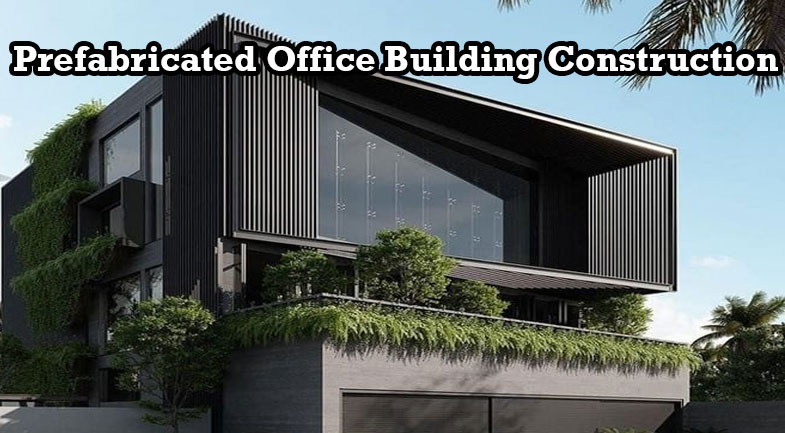
Prefabricated Office Building Construction
In recent years, prefabricated office building construction has emerged as a revolutionary approach to the design and development of office spaces. Prefabrication involves the off-site manufacturing of building components, which are then transported to the construction site for assembly. This method offers numerous advantages over traditional on-site construction, ranging from cost-efficiency and sustainability to increased flexibility and speed. This essay will delve into the benefits of prefabricated office building construction and explore its future prospects.
Cost-Efficiency:
Prefabricated office building construction has gained popularity due to its cost-effectiveness. The manufacturing process occurs in a controlled factory environment, allowing for optimized resource allocation and reduced waste. Labor costs are also minimized, as the assembly of prefabricated components is less time-consuming than traditional on-site construction. Additionally, the use of standardized designs and materials leads to economies of scale and bulk purchasing, resulting in overall cost reduction.
Speed and Flexibility:
Time is a crucial factor in the construction industry, and prefabrication excels in this regard. The off-site fabrication of building components can occur simultaneously with site preparation, greatly reducing construction time. The controlled manufacturing environment allows for efficient scheduling and eliminates weather-related delays. Once on-site, the assembly of prefabricated components is swift, enabling rapid construction completion. Furthermore, prefabricated office buildings offer flexibility in terms of design and future modifications. The modular nature of prefabrication allows for easy expansion, reconfiguration, or relocation of the office space as business needs evolve.
Quality and Sustainability:
Prefabricated office buildings uphold high standards of quality control due to the factory-controlled manufacturing process. The use of advanced technology and automation ensures precision in construction, resulting in superior structural integrity and durability. Additionally, the controlled environment minimizes the risk of defects or damage caused by external factors, such as weather conditions. Prefabrication also aligns with sustainable construction practices. The efficient use of materials reduces waste generation, and the ability to recycle or repurpose components further minimizes environmental impact. Moreover, prefabrication facilitates the integration of energy-efficient systems and technologies, promoting sustainability in office building operations.
Innovation and Technological Advancements:
Prefabricated office building construction is not limited to traditional design approaches. Technological advancements, such as Building Information Modeling (BIM) and computer-aided design, allow for customized and highly complex architectural solutions. These innovations enhance the aesthetics and functionality of prefabricated office spaces, challenging the notion that off-site construction is restrictive or lacking in creativity. Additionally, the integration of smart building systems, including energy management, security, and automation, further enhances the efficiency and comfort of prefabricated office buildings.
Future Prospects:
The future of prefabricated office building construction is promising. As the demand for sustainable, cost-effective, and flexible office spaces continues to grow, the industry will witness advancements in manufacturing techniques, materials, and design innovation. With the increasing integration of renewable energy sources, improved insulation materials, and digital connectivity, prefabricated office buildings will become even more energy-efficient and environmentally friendly. Furthermore, the rise of 3D printing technology in construction holds immense potential for prefabrication, allowing for the creation of intricate and customized components on-site, further streamlining the construction process.
Conclusion:
Prefabricated office building construction offers a host of advantages, including cost-efficiency, speed, flexibility, quality, and sustainability. With the advancements in technology and increasing emphasis on environmentally conscious practices, the future of prefabrication looks bright. As businesses seek efficient and adaptable office spaces, the industry will continue to evolve and innovate, providing modern solutions to meet the demands of the ever-changing corporate landscape. Prefabricated office buildings have demonstrated their potential to shape the future of construction, offering a viable alternative to traditional methods that can meet the needs of a rapidly evolving world.
- PEB Contractor
- PEB Structure
- PEB Steel Buildings
- PEB Builder
- PEB Fabrication
- PEB Fabrication Industrial Sheds
- PEB Industrial Sheds
- PEB Steel
- PEB Sheds
 PEB Contractor
PEB Contractor
 PEB Structure
PEB Structure
 PEB Steel Buildings
PEB Steel Buildings
 PEB Builder
PEB Builder
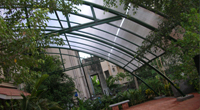 PEB Fabrication
PEB Fabrication
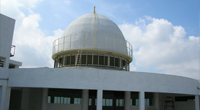 PEB Industrial
PEB Industrial
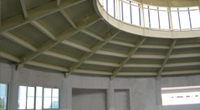 PEB Structure
PEB Structure
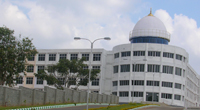 PEB Contractor
PEB Contractor
